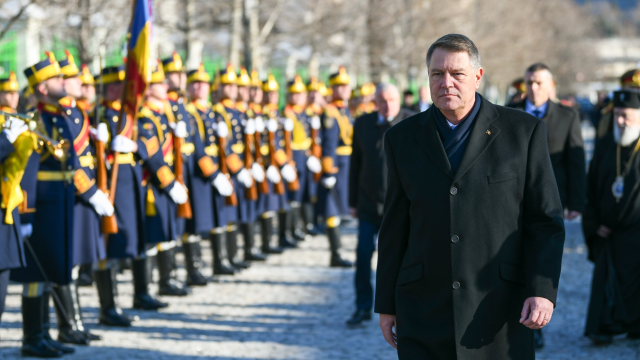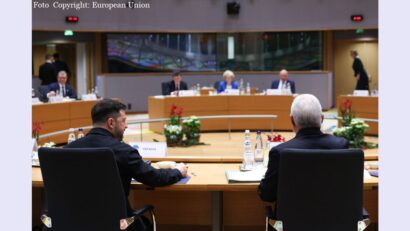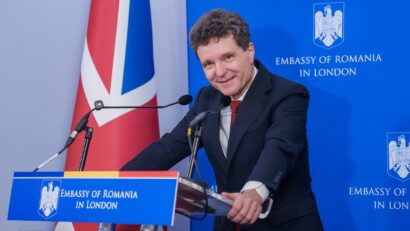Romanians celebrated the Union of 1859
On January 24, Romanians across the country, in the diaspora and in the Republic of Moldova celebrated 159 years since the Union of the Romanian Principalities, which laid the foundation of the future modern unitary state

Bogdan Matei, 25.01.2018, 13:45
On January 24, 1859, Alexandru Ioan Cuza, elected a week earlier ruler of Moldavia, was elected by the Elective Assembly in Bucharest as sovereign of Wallachia and proclaimed ruler of the United Principalities.
During his 7-year rule, Cuza promoted several radical reforms, which established the institutional foundation of modern Romania, further consolidated by Kings Carol I and Ferdinand. Dubbed the “Unifier”, Ferdinand would unite in 1918, at the end of WWI, all the Romanian territories that until then had been under the rule of the neighboring multi-national empires.
The Little Union of 1859 was celebrated on Wednesday through religious and military ceremonies, floral tributes and open air shows. Romania’s President Klaus Iohannis participated in the official mass held at the Patriarchal Cathedral in Bucharest and also in the scientific session organized by the Romanian Academy.
Iohannis reiterated his conviction that Romania’s progress is indissolubly linked with the existence of a coherent and stable legislation, which sanctions abuses and dishonesty. Klaus Iohannis: “People who rule the country have the duty to pay more attention to citizen’s needs, to be more concerned about the long-term consequences of the decisions they make and to be more open to dialogue. We need a state to serve the interests of society, because Romanians want a decent and efficient governing.”
In a message posted on the Government’s site, the interim PM Mihai Fifor says that the union of the Romanian principalities 159 years ago was the effort of the entire Romanian nation, which managed to turn history into a direction that was different from the one the foreign powers had envisaged. The union message was carried from Bucharest to Iasi, the historical capital of the Principality of Moldavia, by a train symbolically named “the Union Train”, with a locomotive painted in Romania’s national colors: red, yellow and blue. The ceremonies in Iasi were attended by the Custodian of the Romanian Crown, Princess Margaret, MPs, local authorities and guests from the Republic of Moldova.
According to our correspondents, the Union Day was also celebrated in the Moldovan capital, Chisinau, where floral tributes were paid at the statue of ruler Alexandru Ioan Cuza and many people of culture, historians and politicians talked about the importance of that historic moment.
Also, for ten years now, a community in Rome, made up of Romanian Christians of different denominations — Orthodox, Greek and Roman- Catholic — have celebrated the Union together through a religious mass. The Te-Deum held on Wednesday was also attended by the Romanian ambassadors to Rome and the Vatican. (Translated by M. Ignatescu, edited by D. Vijeu)






























